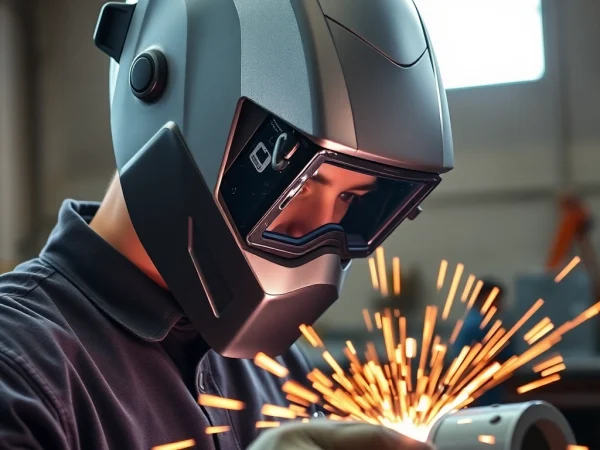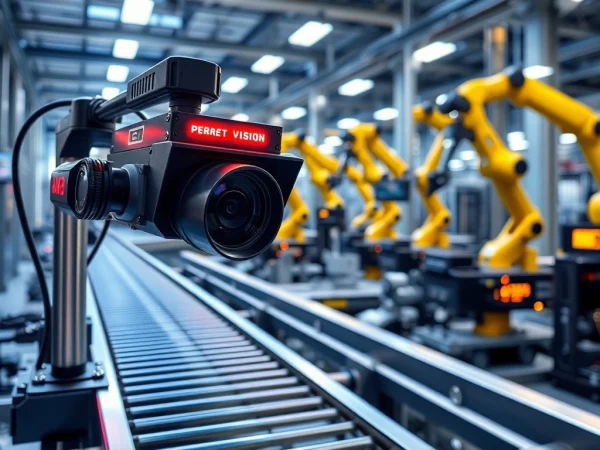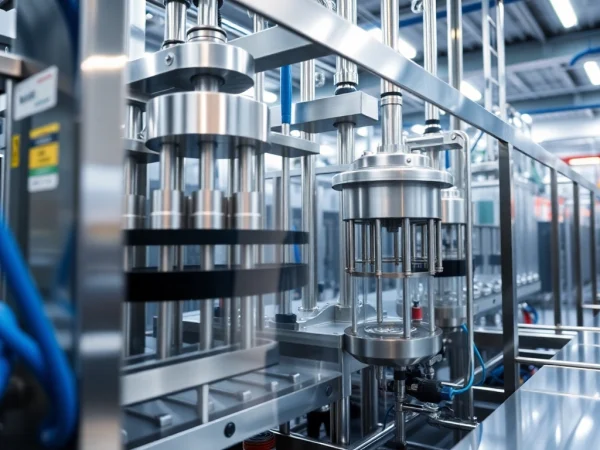Top Filling Machine Supplier for Your Industrial Needs: Quality and Precision Guaranteed
Understanding Filling Machines
What is a Filling Machine?
A filling machine is an essential tool in various industries that automates the process of transferring liquids, powders, or granulated substances into containers, such as bottles, jars, or pouches. These machines are designed to improve efficiency and precision in packaging operations, thus ensuring products are properly filled, sealed, and ready for distribution. The process typically involves measuring the desired quantity of a substance and accurately placing it into a container.
Types of Filling Machines
Filling machines can be classified based on various criteria, including the type of filling mechanism, the level of automation, and the material being filled. Here are the main types:
- Volumetric Fillers: These machines operate by dispensing a specific volume of liquid into containers. They are suitable for liquids with a consistent viscosity.
- Piston Fillers: Utilizing a piston mechanism, these machines are capable of handling thicker substances and provide precise filling for both high and low viscosity materials.
- Gravity Fillers: Best suited for low-viscosity liquids, gravity fillers work by the force of gravity and are often used for products like water or juice.
- Pump Fillers: These are adaptable to various viscosities, using a pump to transfer liquid from one area to another, ideal for thick liquids like sauces or creams.
- Aseptic Fillers: Commonly used in the pharmaceutical and food industries, these machines prioritize hygiene to ensure products remain uncontaminated during the filling process.
Key Components of Filling Machines
Understanding the various components that make up a filling machine is critical for both manufacturers and operators. Essential parts of a filling machine typically include:
- Filling Head: The part of the machine responsible for dispensing the product into containers, varying by filling type and mechanism.
- Conveyor System: This component moves containers into place for filling, often integrated with automated features to enhance throughput.
- Control Panel: A user interface that allows operators to set parameters, monitor machine performance, and troubleshoot issues.
- Feed Hopper: Holds the product before it is dispensed, and is crucial for managing fill consistency and ensuring efficient operation.
Choosing the Right Filling Machine Supplier
Factors to Consider when Selecting a Supplier
Selecting the right filling machine supplier is a crucial decision that can significantly impact your production efficiency and product quality. Here are several factors to consider:
- Experience: Look for a supplier with a proven track record in your specific industry to ensure they understand unique challenges and requirements.
- Customization Options: Ensure the supplier can offer tailored solutions that meet your specific production needs and capacity.
- Quality of Equipment: Investigate the materials used and the technology behind their machines, as high-quality components directly translate to reliability and durability.
- Support Services: Evaluate the level of support they provide, including installation, training, and ongoing maintenance services.
- Reputation: Research other customer reviews and feedback to gauge the supplier’s reliability and responsiveness.
Questions to Ask Your Potential Supplier
Before finalizing any agreements, ensure you ask potential suppliers important questions that could reveal critical information about their capabilities:
- What is the expected lead time for delivery and installation?
- Do you offer on-site training and support post-installation?
- What warranties or guarantees are available for the machines?
- Are there any options for upgrading the equipment in the future?
Comparing Supplier Offers
Once you’ve gathered information from various suppliers, compare their offers meticulously. Look beyond price and consider total cost of ownership, including maintenance, energy consumption, and potential downtime. A lower initial price may lead to higher expenses down the line if the equipment isn’t reliable.
Advantages of Using Advanced Filling Machines
Increased Efficiency and Productivity
Investing in advanced filling machines can lead to significant improvements in operational efficiency. These machines enhance production speed through automation and synchronize perfectly with packaging processes. By reducing human error and ensuring consistent filling volumes, companies can increase their overall productivity and output.
Cost-Effectiveness in the Long Run
While the initial investment in high-quality filling machines may seem substantial, the long-term benefits can far outweigh these costs. Reduced labor requirements, lower material waste, and faster production speeds contribute to an overall decrease in operational costs.
Compliance with Industry Standards
Advanced filling machines are designed to meet strict regulatory standards across various industries, including food and pharmaceuticals. Compliance ensures product safety and quality, reducing the risk of recalls or legal issues.
Applications of Filling Machines in Various Industries
Food and Beverage Industry
In the food and beverage industry, filling machines play a crucial role in accurately packaging liquid and semi-liquid products, such as juices, sauces, and dairy products. Machine capabilities are often adapted to handle sanitary conditions to meet food safety regulations. The ability to efficiently process high-volume orders quickly is paramount in this sector.
Pharmaceutical Industry
In the pharmaceutical industry, filling machines need to ensure precision as well as compliance with stringent health regulations. Aseptic filling machines are often employed to maintain the sterile environment necessary for products such as vaccines and injectable medications. These machines must often handle both liquid and solid forms of medications with an emphasis on contamination control.
Cosmetic and Chemical Industries
The cosmetic and chemical industries rely heavily on filling machines to package products such as lotions, shampoos, and detergents. These machines must accommodate a variety of viscosities and container shapes. Reliability and consistency are particularly important when customers are sensitive to product quality.
Maintenance Tips for Filling Machines
Regular Maintenance Practices
To maximize the lifespan and efficiency of filling machines, regular maintenance is essential. This includes routine inspections, cleanings, and any necessary calibration. Maintaining a proactive approach can prevent unexpected breakdowns and costly downtimes.
Troubleshooting Common Issues
Common issues with filling machines can include improper fill levels, leaks, or malfunctioning components. It’s crucial for operators to be trained in troubleshooting techniques to quickly resolve these problems and maintain productivity.
Maximizing Machine Lifespan
Proper operation combined with routine maintenance significantly contributes to a filling machine’s lifespan. Operators should adhere strictly to the manufacturer’s guidelines regarding operation limits, cleaning procedures, and maintenance schedules. By ensuring that machines are not overloaded and properly calibrated, businesses can avoid premature wear and tear.
For businesses looking to enhance their production process, working with a reputable Filling Machine Supplier is crucial. Their expertise can guide in choosing the right machine tailored to specific requirements and ultimately lead to greater operational efficiency and customer satisfaction.










